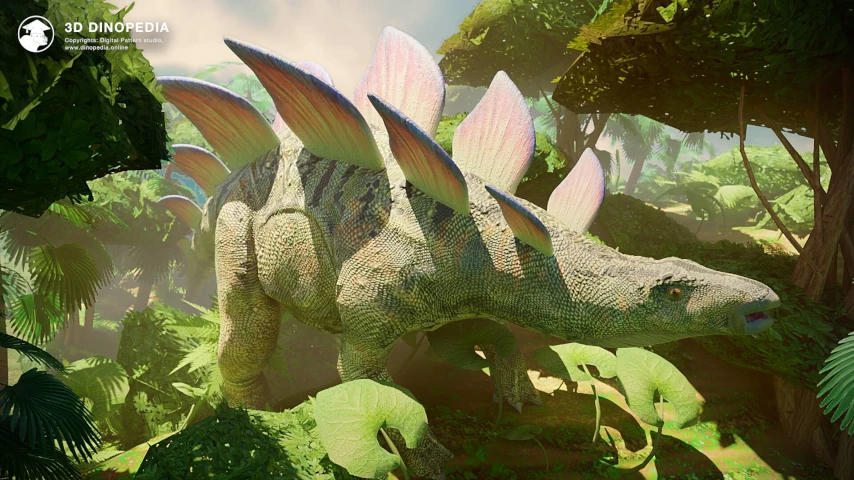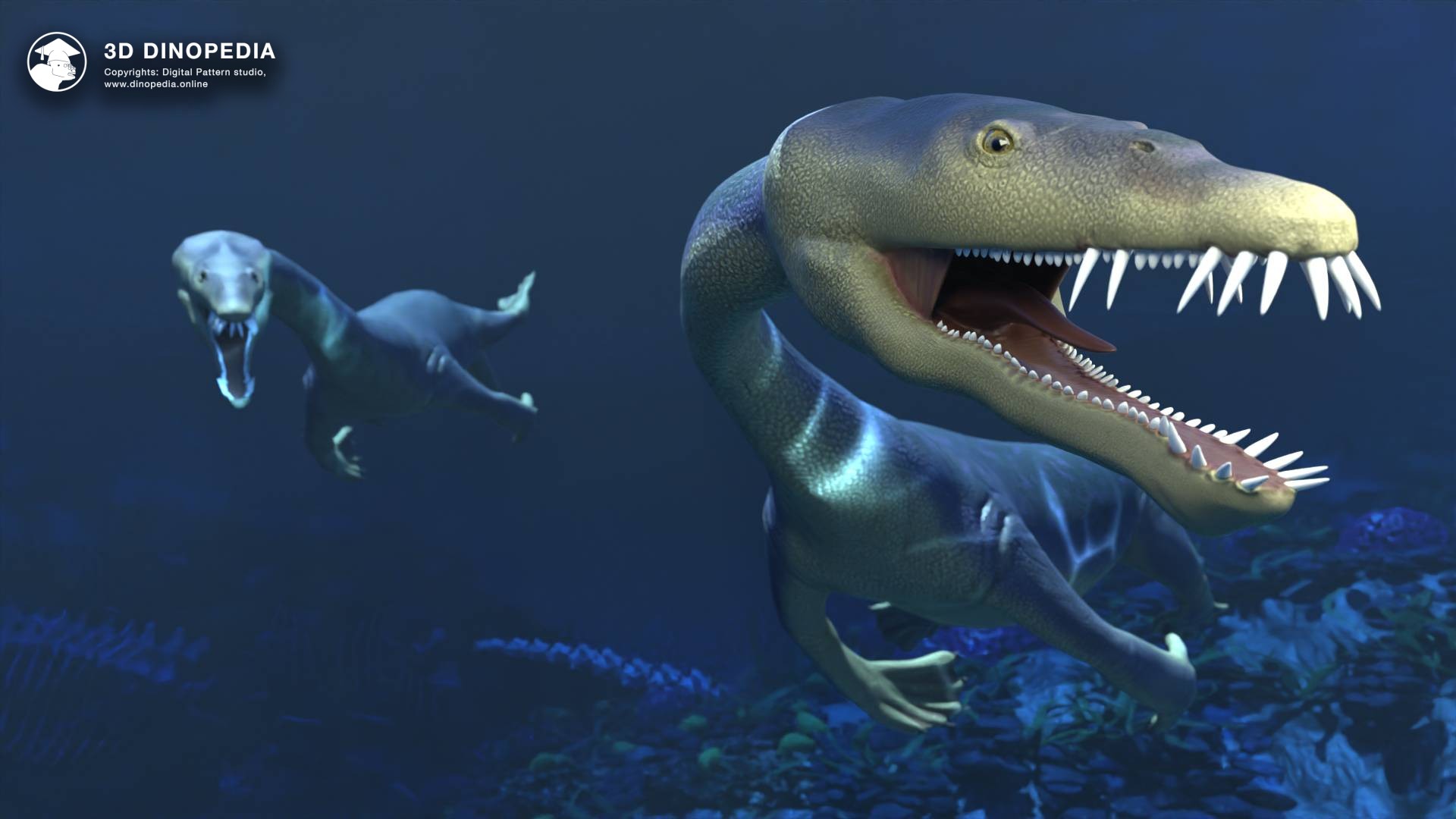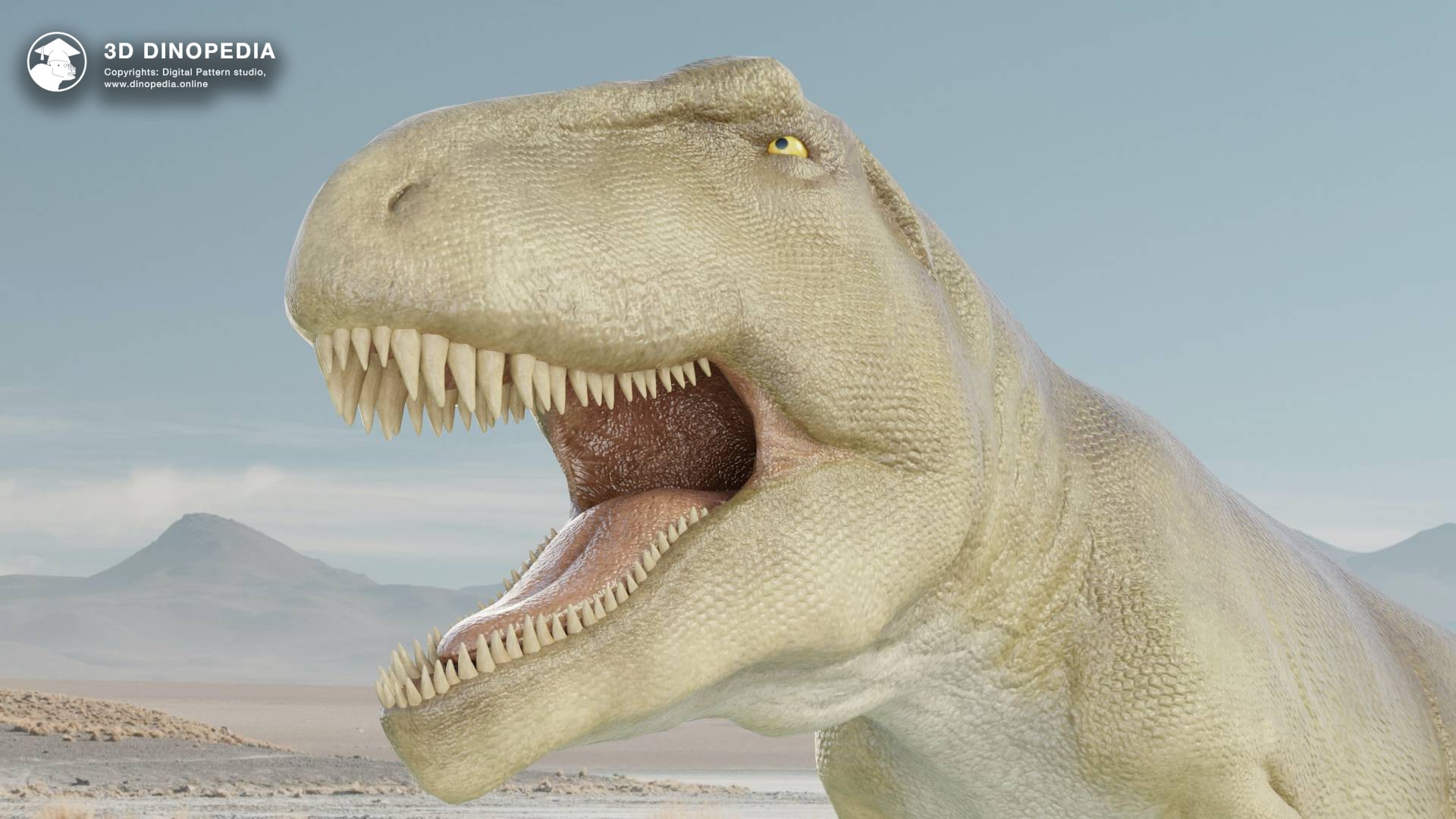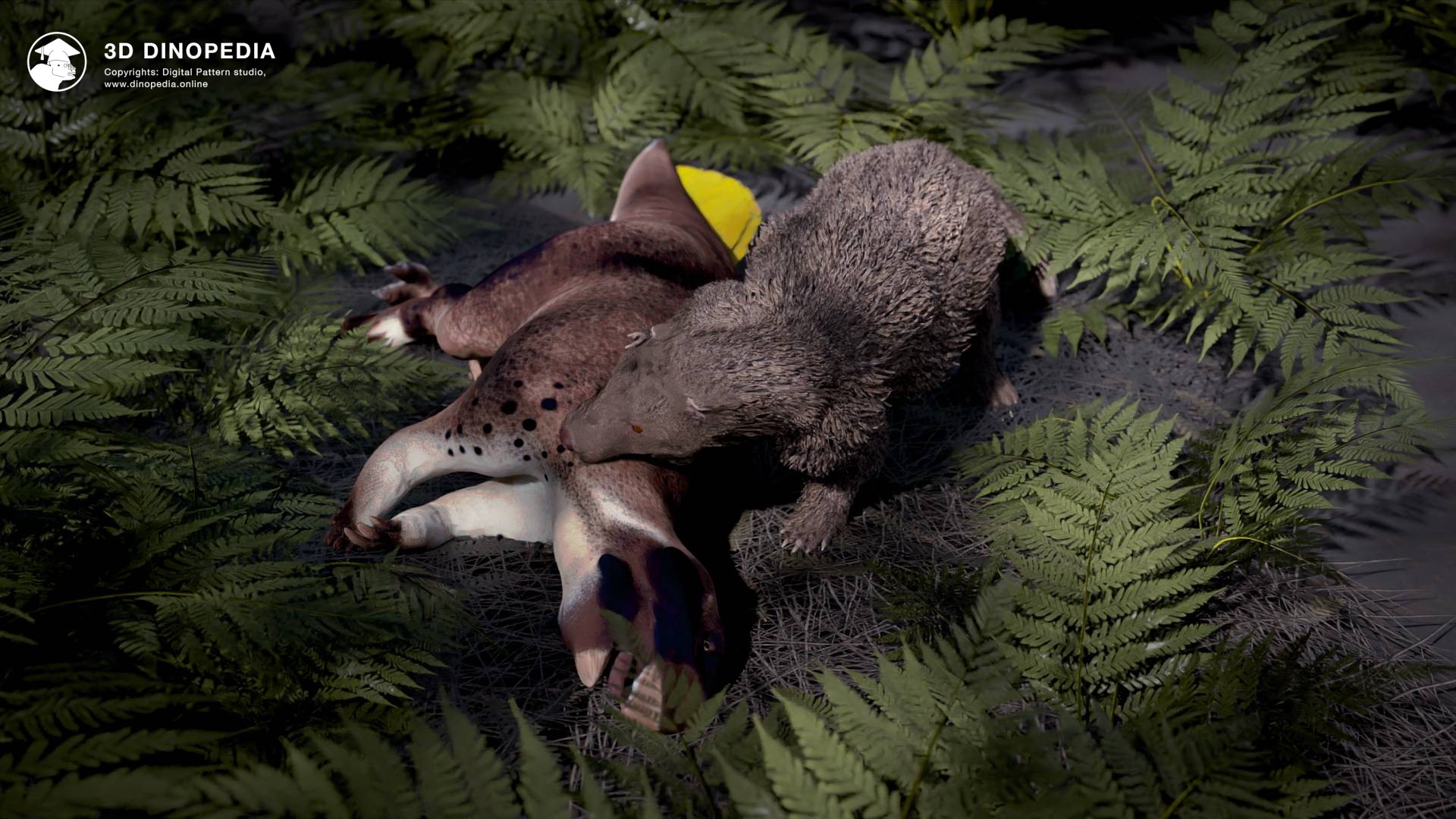Cretaceous Christmas Tree
25.12.2023 03:32
2481 views

Have you ever wondered when Christmas trees first appeared on Earth? Paleontologists not only pondered this but also found an answer by discovering the oldest fossilized fir trees, which take us back to the Cretaceous period!
Firs and pines are part of the coniferous gymnosperms, with a long paleontological history that began in the late Carboniferous period (about 300 million years ago). At that time, dinosaurs did not yet exist, and reptiles such as Hylonomus were just beginning their evolution. Plants at this time were just acquiring seeds, with seed ferns as the first bearers.
The first conifers, such as the mysterious Cordaites, were significantly different from modern ones. They had broad, boat-shaped leaves instead of needles, and their seed organs resembled elongated earrings, not cones. These plants thrived near ancient lakes, rivers, and swamps, where giant dragonflies crawled and herbivorous Edaphosaurus with sails on their backs. A little later, at the beginning of the Permian period, some of the most famous possessors of a broad membrane on the back - the predatory Dimetrodons - appeared. It's quite remarkable that footprints of their paws are found in the same layers as the leaves of some of the most ancient coniferous plants.
By the end of the Paleozoic era (539-252 million years ago), conifers already existed, and the Mesozoic era (252-66 million years ago), known as the era of reptiles, also became the epoch of gymnosperm plants. Ginkgo, cycads, and conifers developed widely, but it was not until the last period of this era — the Cretaceous — that the first fir appeared.
The first hypothesis about the ancient origin of fir trees was put forward by geneticists studying DNA. They learned to determine the time when different modern organisms diverged in their evolutionary path, that is, to establish the time of life of their last common ancestor. Analyzing firs and other conifers, geneticists concluded that Christmas trees separated from their relatives at the end of the Jurassic period, about 150 million years ago.
Nevertheless, findings of fossilized branches and cones of fir trees demonstrated a significantly younger age — from 50 to 75 million years. But near Vancouver, Canada, fossilized cones were discovered, dating back 136 million years. These findings were subjected to detailed study by Canadian paleontologist Ashley A Klymiuk and American Ruth Stockey. They established that the seeds of these cones were very similar to the seeds of modern fir, allowing them to classify them as the oldest known firs on Earth.
Due to difficulties in extracting seeds from the rock, scientists decided to use the method of thin sections for a better study of the fossils. This method is often used by paleontologists when other research methods are unavailable or ineffective. On one of the sections of this ancient cone under the microscope, paleontologists discovered an amazing image: seeds and scales formed a smiling skull. This image reminded the researchers of a character from Tim Burton's cartoon “The Nightmare Before Christmas”, where the living skeleton Jack Skellington celebrates Christmas in Halloween Town, inhabited by skeletons, zombies, and monsters. Considering the connection of the cartoon with Christmas and the symbolic significance of the fir tree for this holiday, paleontologists decided to name this ancient plant Burton's fir (Picea burtonii) — the oldest studied fir on Earth.
It turns out that the first fir trees originated in an era when the feathered dinosaur Utahraptor roamed the territory of modern North America. By the period of the existence of Spinosaurus (99-94 million years ago) and especially Tyrannosaurus (68-66 million years ago), these trees became as common as they are now.
It is important to note that there is a possibility of discovering even more ancient Christmas trees. As we remember, genetic research indicates that firs could have appeared already in the Jurassic period. Moreover, pollen very similar to fir pollen was found in Russia in rocks that are 167 million years old. This suggests that if dinosaurs wanted to celebrate Christmas and New Year, they could have decorated a Christmas tree!
More information about firs, Cordaites, and other ancient plants can be found in the plant cards in the 3D Dinopedia app. Additionally, for a more detailed study of Burton's fir, we recommend referring to the scientific article by Ashley A Klymiuk and Ruth Stockey: Ashley A Klymiuk, Ruth Stockey. A Lower Cretaceous (Valanginian) seed cone provides the earliest fossil record for Picea (Pinaceae) // American Journal of Botany 99(6):1069-82, 2012."
Discussions
Plants:
- Spruce





{{ count }} comments
You must login to write a comment